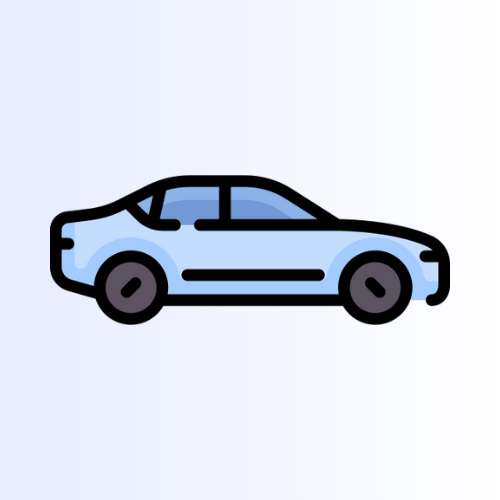SUV breaks have been an issue, ever since the 2022 May inspection, in which Rotors and Pads were replaced. Just the fronts were replaced.
The brakes started sqeaking at first, and then the car started to shake mildly when breaking. This eventually got worse.
The car was taken to the shop sometime around September, and the Rotors were sanded down. This fixed the issue for about a month.
The brakes being squeaking again. The car was taken to the shop again, but they didn’t hear it when taking it for a test drive.
Car started shaking again.
I didn’t bring it up during the May inspection in 23. The Rotors were then replaced around June of 23.
The car has started to squeak again when breaking, but only at around 50 mph or above.


And since hard braking isn’t always optional, it’s important to know how to avoid leaving significant pad deposits. Try to avoid completely stopping by leaving a little extra space to keep rolling slowly. Obviously it’s not always possible due to traffic conditions, but I haven’t had a “warped” rotor in about 10 years that hasn’t been caused by a sticking caliper.
Rotors are almost never truly warped but rather have sticky spots from transferred brake pad material. The shaking comes from the sudden higher braking force of the sticky spot coming around again, forcing the car’s momentum to try to pivot around that one wheel. A truly warped rotor doesn’t change the braking force much as long as the floating caliper is free to slide. If they do get deposits, you can also try cleaning them with the “brake bedding” sequence used for new pads. It’s a mix of high speed and hard/moderate brake applications followed by a 10 minute steady speed cool down drive. Just remember: don’t fully stop